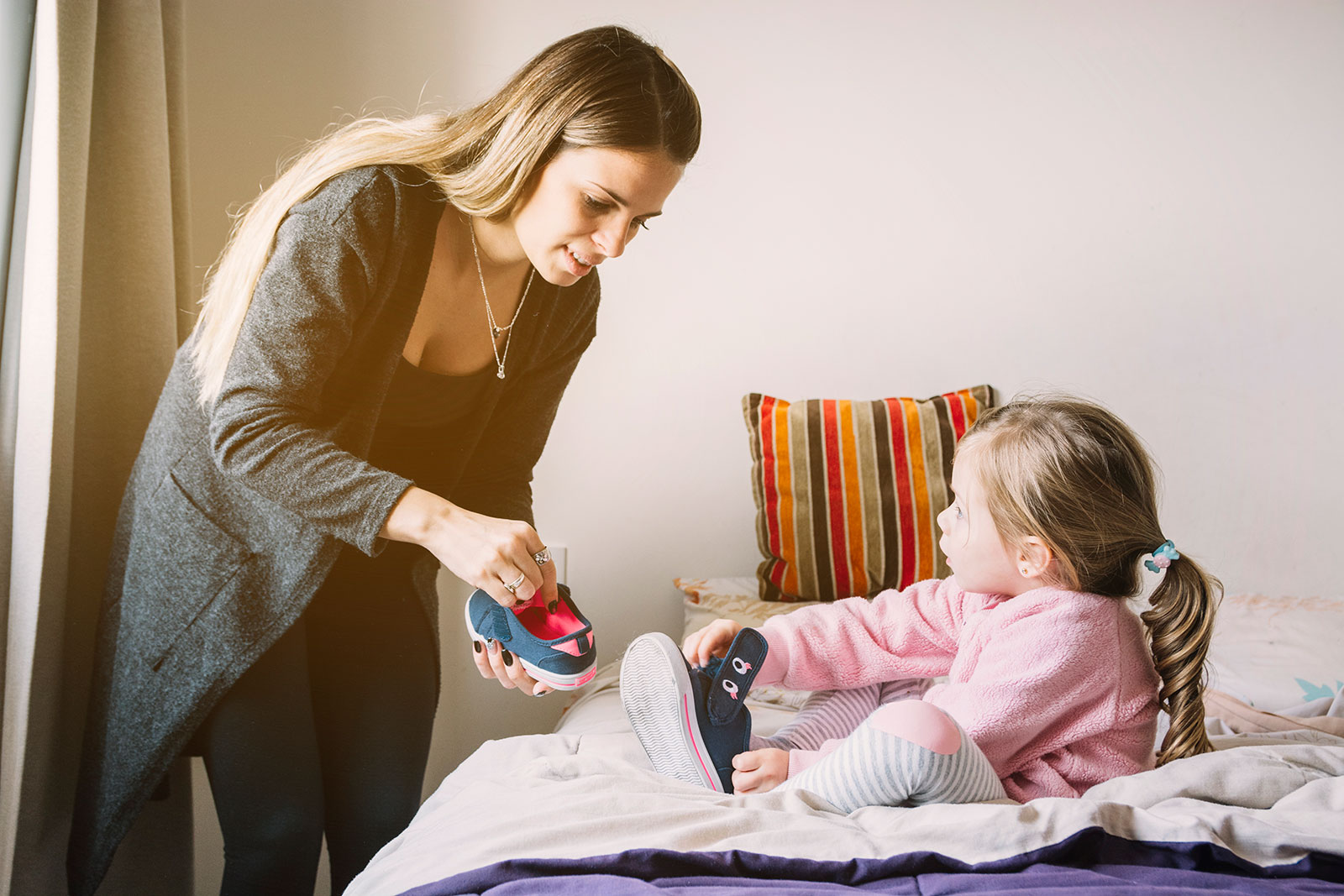 From this article you will learn:
From this article you will learn:
How to choose the right shoe size for your child's foot
A child's foot size is quite a mystery. Poorly fitting shoes can not only cause pain and problems like ingrown toenails, but also lead to later deformities and other foot abnormalities. In this article, we'll explain how to choose the right shoes for your child.
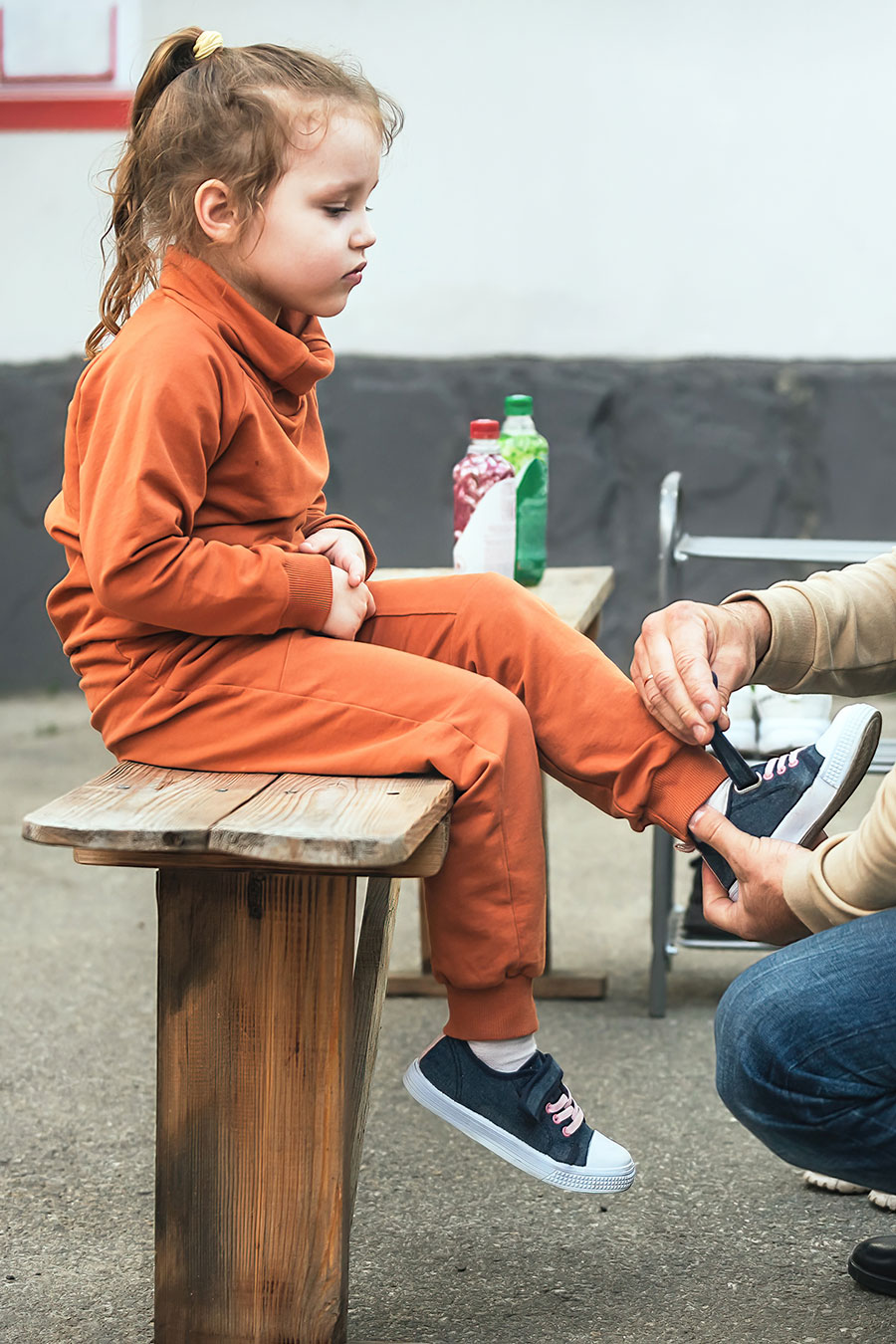 To answer the question of how to choose the right shoes for a child, we must begin with the size of the child's foot. Determining the right shoe size with a child is very difficult. Children are generally less interested in this when shopping, but they also often have trouble assessing whether the shoe is the right size.
To answer the question of how to choose the right shoes for a child, we must begin with the size of the child's foot. Determining the right shoe size with a child is very difficult. Children are generally less interested in this when shopping, but they also often have trouble assessing whether the shoe is the right size.
There are several proven methods for measuring shoes that can help:
The one-finger rule
We put the shoe on the child's foot and ask them to move their foot as far forward as possible. The shoe is the right size if you can fit a finger between the child's heel and the back edge of the shoe. We measure with a ruler
We trace the baby's foot on a piece of paper and then measure the distance from the tip of the big toe to the middle of the heel. We scan the leg
Some stores offer special apps to scan a baby's foot .
This modern solution will simplify online shopping by sending the scan to the store where it was scanned.
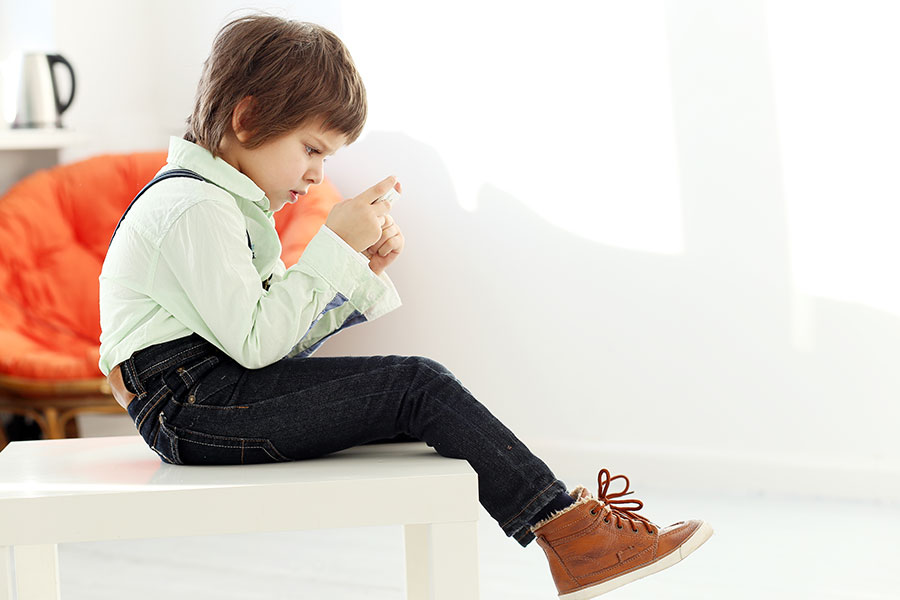
The shoe is uneven - check the current size of the child's foot
Sizes can vary between shoe brands and even types. A size 25 that fits well in one store may be too small or too big in another. Always carefully check the shoe's fit for your child's foot. Remember that children's feet often vary in length; this is normal at this age. Therefore, it's important to always try on both shoes when buying. Choose a pair based on the longer foot. Preschoolers' feet change size very quickly, so it's important to check their size regularly, for example, every three months, and address any complaints about uncomfortable footwear.
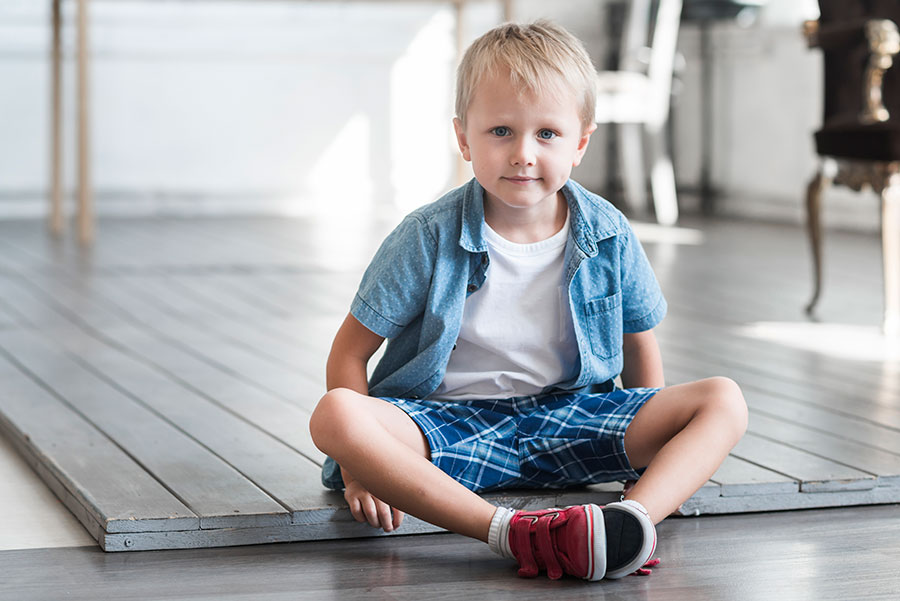
We choose the type of footwear for a preschooler
A day at preschool is a time full of fun and movement. Preschool slippers shouldn't be cute slippers, but rather shoes that will make play safe and enjoyable. Among the shoe changes that are perfect for preschool, mothers most often choose slippers with Velcro straps, sneakers, slightly larger athletic shoes, and sandals. Manufacturers are competing to create products that increasingly meet children's needs. Attipas sock shoes are an interesting solution for the youngest children who are still perfecting their walking technique
. They resemble a colorful sock with a sole, and thanks to their unique design, they support the child's motor skills.
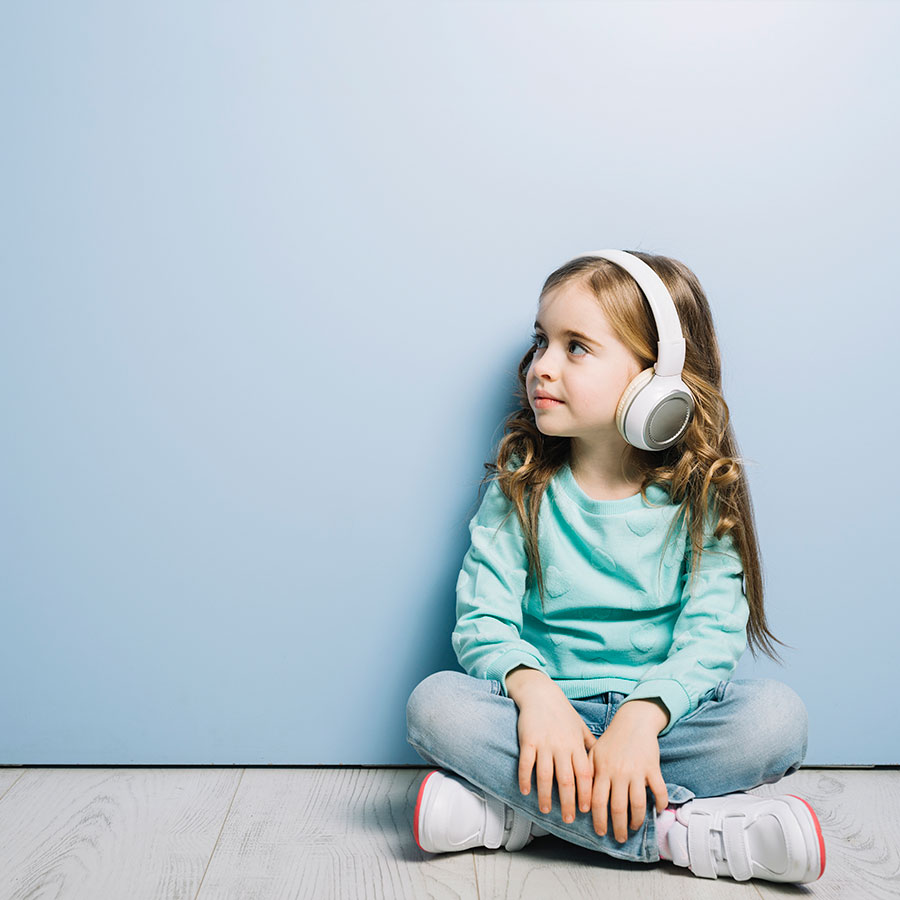
What is the best footwear for a preschooler?
Shopping for shoes can be overwhelming, so we're here to help. Below, you'll find a list of tips to help you determine which shoes will be healthy, comfortable, and safe for your child. Features of good children's footwear:
Light shoes for babies
A child wearing shoes that are too heavy or too large may start to tilt their legs when walking, which can lead to permanent changes. Choose lightweight footwear and avoid buying shoes several sizes larger than usual. Flexible and safe soles
A child should be able to easily bend their toes and turn their feet in different directions in the shoe. Pediatricians recommend barefoot walking as much as possible for toddlers, so if they do wear a shoe, it shouldn't restrict their natural movement. Considering all the fun activities your little one will have at preschool, it's also worth choosing a non-slip sole . A good option would be
Bartek sandals , which have thermoplastic rubber soles. Not only will your child not slip on the preschool floor, but the flexible and pliable sole will also ensure comfort and healthy foot development.
Adjustable clasp
Choose shoes with laces or Velcro – these will help your child better fit their shoes. Velcro is best for younger children who still have trouble lacing their shoes themselves. Both the Velcro and laces should extend well back towards the toes, making it easier to adjust the shoes to any foot and making it easier for little ones to put them on.
Lots of room for your fingers
Toes should have 0.5mm-1.2mm of space. Choose shoes with wide barefoot soles, such as MagicalShoes . Your little one should be able to move their toes upwards, making sure the toe of the shoe isn't pressing too hard against the sole. Stabilizing, but only in the heel
Toddler shoes don't have to end at the ankle; you can definitely choose low-top sneakers, such as the LaMillou shoes, which have been approved by the Institute of Mother and Child. Heel stability, meaning a stiff, well-fitting heel counter, is far more important than shoe height. Allowing the leg to breathe
Depending on the season, you can choose cutout sandals, membrane-lined sneakers, or genuine leather boots, such as ecoTuptusie. Breathable shoes will provide comfort and prevent sweaty feet, which can lead to skin conditions. Walking shoes appropriate for the weather
In spring and autumn, transitional ankle boots or shoes, such as those from the Polish brand Emel, recommended by the Institute of Mother and Child, are ideal. For colder days, choose taller, insulated leather boots, such as the insulated ankle boots from
Bartek. In summer, lightweight sports shoes and sneakers, as well as sandals and hiking sandals, are ideal.
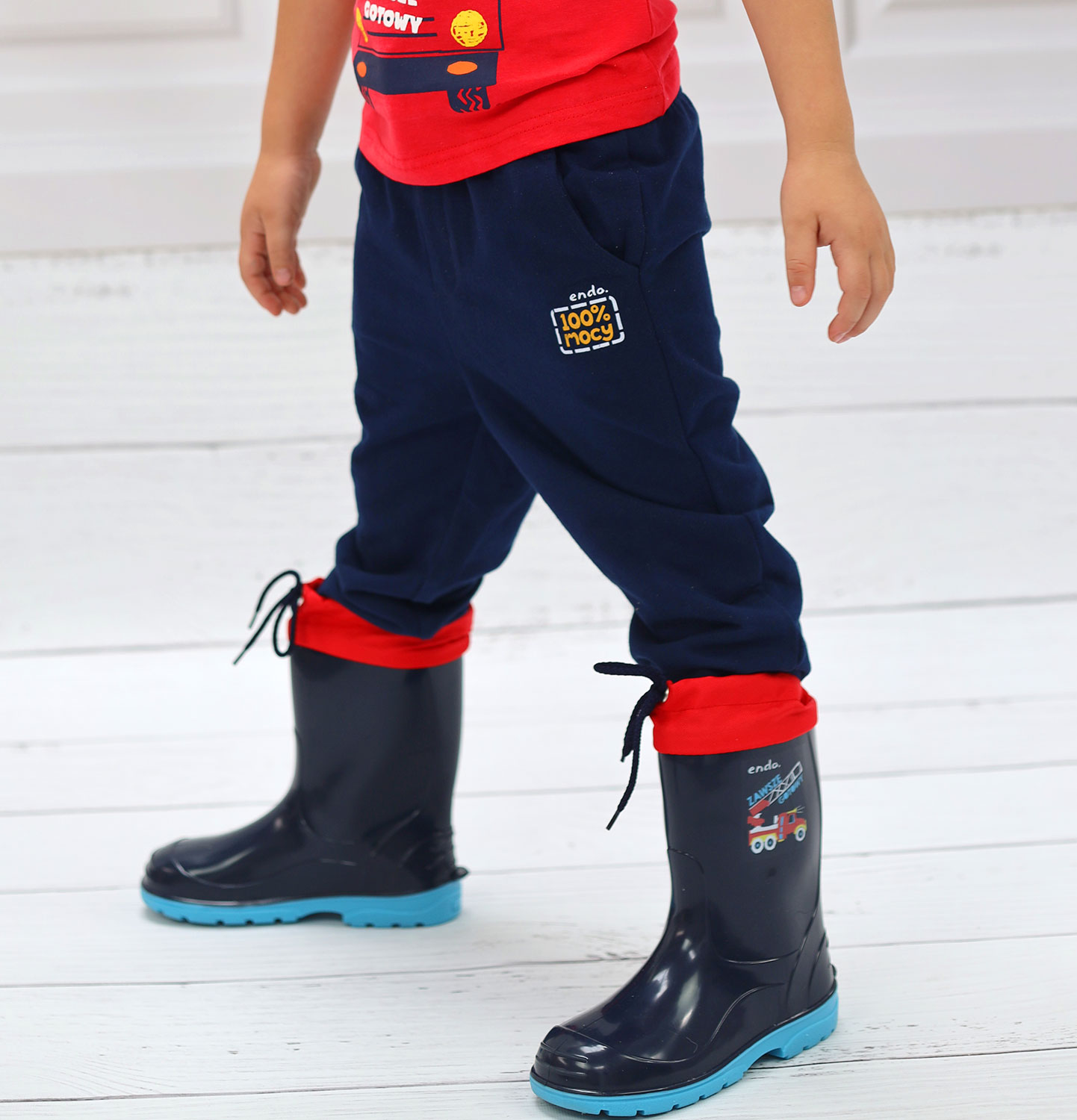
 From this article you will learn:
From this article you will learn: To answer the question of how to choose the right shoes for a child, we must begin with the size of the child's foot. Determining the right shoe size with a child is very difficult. Children are generally less interested in this when shopping, but they also often have trouble assessing whether the shoe is the right size.
To answer the question of how to choose the right shoes for a child, we must begin with the size of the child's foot. Determining the right shoe size with a child is very difficult. Children are generally less interested in this when shopping, but they also often have trouble assessing whether the shoe is the right size.







Podziel się:
I Am the Wolf - Developing Masculinity - How to Support Boys in Developing Their Masculine Identity
Autumn essentials for girls - from a warm and practical base to fashionable styles